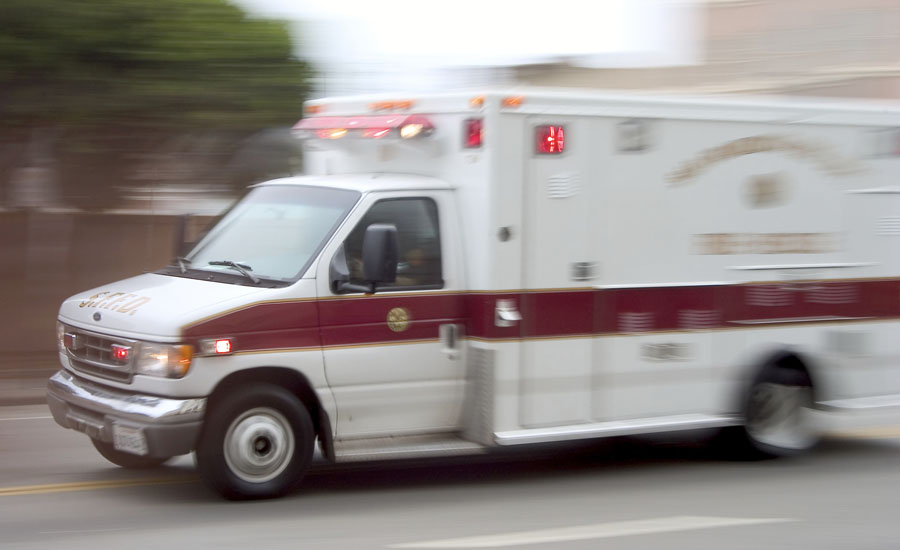OSHA urges employers to prevent worker exposure to carbon monoxide

OSHA is reminding employers to take necessary precautions to protect workers from the potentially fatal effects of carbon monoxide exposure. Every year, workers die from carbon monoxide poisoning, usually while using fuel-burning equipment, tools, compressors and pumps, gas-powered forklifts, and other devices in buildings or semi-enclosed spaces without adequate ventilation.
Symptoms to watch for
Carbon monoxide is harmful when breathed because it displaces oxygen in the blood and deprives the heart, brain and other vital organs of oxygen. Large amounts of CO can overcome you in minutes without warning — causing you to lose consciousness and suffocate. Besides tightness across the chest, initial symptoms of CO poisoning may include headache, fatigue, dizziness, drowsiness, or nausea. Sudden chest pain may occur in people with angina. During prolonged or high exposures, symptoms may worsen and include vomiting, confusion and collapse in addition to loss of consciousness and muscle weakness.
Resources
To reduce the risk of exposure, employers should install an effective ventilation system, use carbon monoxide detectors, and take other precautions as described in OSHA's Carbon Monoxide Fact Sheet. Other OSHA resources include videos (in English and Spanish), QuickCards (in English and Spanish), and a fact sheet on portable generator safety.
Looking for a reprint of this article?
From high-res PDFs to custom plaques, order your copy today!







